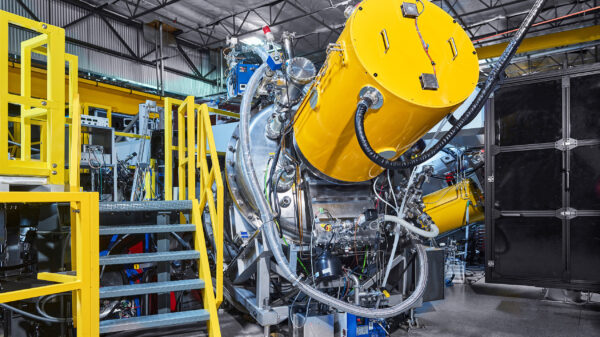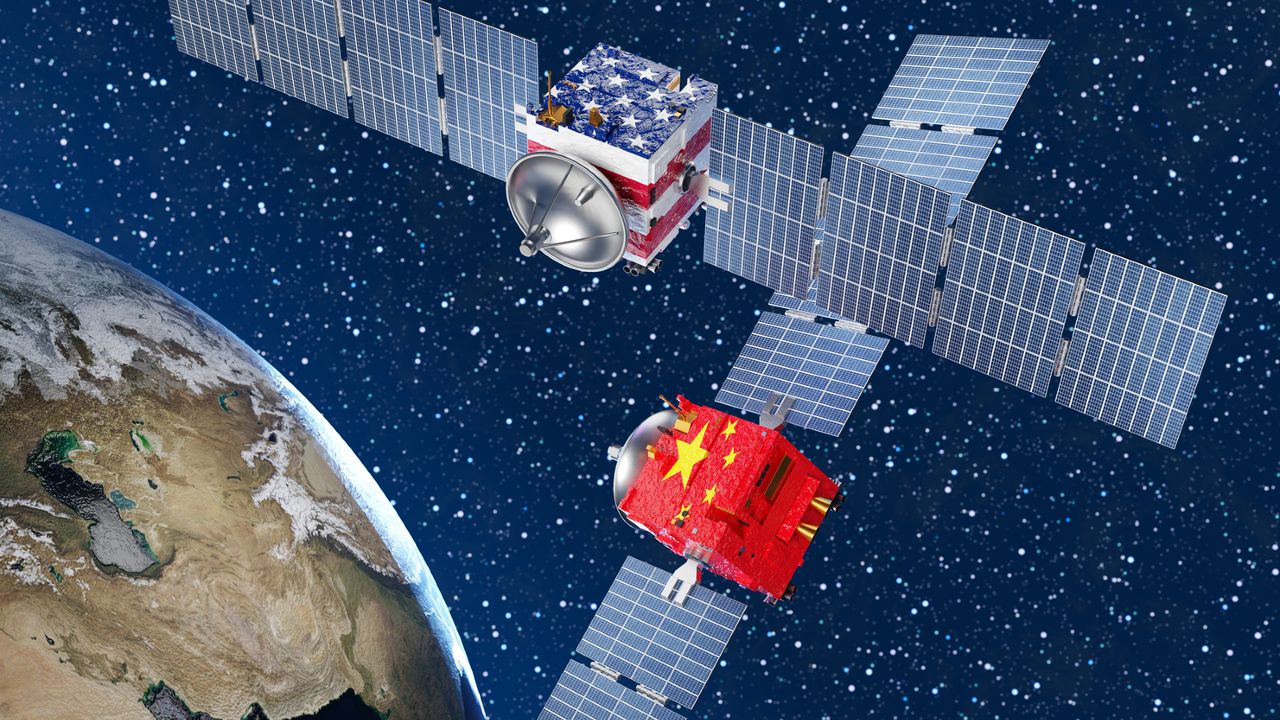The landscape of international relations is shifting as nations increasingly focus on developing anti-satellite technologies (ASATs) in Earth’s orbit. Countries such as **China**, **Russia**, **India**, and the **United States** are investing heavily in military capabilities that could disrupt or destroy satellites. U.S. military leaders assert the need for space-based weaponry to deter potential conflicts and enhance their strategic advantage.
According to **General Chance Saltzman**, Chief of Space Operations for the **U.S. Space Force**, the service must embrace technological innovation to maintain competitiveness. This urgency reflects broader concerns about the militarization of space and the implications for global security.
Growing Tensions in Space
The ongoing developments in orbital capabilities are not without precedent. **Bleddyn Bowen**, an associate professor in Astropolitics at **Durham University**, highlights that both **Russia** and **China** are demonstrating advanced orbital maneuvering skills. He notes, “Whether they are actual ASAT platforms or not isn’t as clear-cut. But they are showcasing many techniques necessary for co-orbital ASATs.”
The arsenal for ASAT operations is diverse, encompassing both “soft-kill” and direct-hit kinetic measures. Soft-kill tactics include electronic warfare and cyber operations targeting ground stations or disrupting communications. Bowen pointed out that these tactics are already in play, particularly in the ongoing conflict in **Ukraine**, where commercial satellite networks, notably **SpaceX Starlink**, have faced jamming and cyberattacks.
As warfare strategies evolve, attacking satellites is becoming a normalized component of military operations. “What you’re seeing is the normalization of attacking satellites within war plans,” Bowen stated. This trend raises concerns not only about the immediate implications but also the broader context of escalating global tensions and environmental challenges.
The Historical Context and Future Implications
**Bruce McClintock**, a senior policy researcher with the **RAND Space Enterprise Initiative**, draws parallels with the early space race, during which both the **Soviet Union** and the United States tested various ASAT technologies, including nuclear detonations in orbit. While treaties were established to halt such tests, reports indicate **Russia** is revisiting these concepts. McClintock cautions, “There are enough indicators from enough nations that this is not just posturing. It’s an indiscriminate weapon that could have short to long-term effects for everyone.”
The dependency on space varies significantly among nations. The United States relies heavily on space for both its economy and military operations, while **China** is rapidly increasing its space capabilities. In contrast, **Russia** is less reliant on space, which may motivate them to develop disruptive capabilities as leverage against other nations.
The development of debris removal systems also complicates the situation. McClintock pointed out that what one nation views as a cleanup initiative might be perceived by another as an ASAT weapon, blurring the lines of intention and capability in space.
As the **U.S.** implements its **Golden Dome** initiative—an evolved missile defense strategy reminiscent of the **Strategic Defense Initiative** from the 1980s—concerns about the efficacy and implications of space-based interceptors continue to grow. Bowen suggests that while the technology may be feasible, it raises significant policy questions about its potential misuse.
In this environment of uncertainty, the need for transparency in military activities in space becomes paramount. McClintock advocates for greater openness, stating that “it’s incredibly difficult to hide what somebody’s doing on-orbit.”
While the future of space remains a topic of debate, the militarization of this domain reflects a broader struggle among nations to secure their interests. As **Victoria Samson**, chief director at the **Secure World Foundation**, notes, countries are investing in counterspace capabilities as a response to perceived threats and competition.
The ongoing developments in anti-satellite technologies underscore the urgency of international dialogue on space security. With nations increasingly viewing space as a contested domain, the implications for global stability are profound, warranting careful consideration and cooperative efforts to mitigate risks.






































































